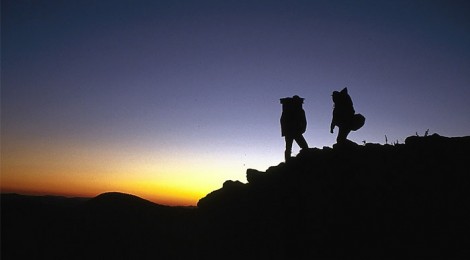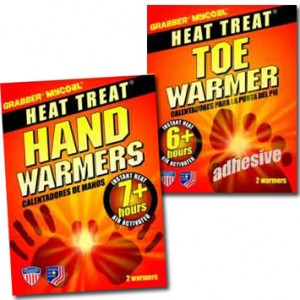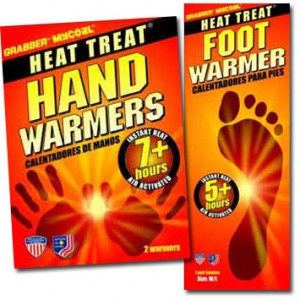
How To Prepare Your Gear for High Altitude Trekking – Part 6
Other essentials:
1. Head lamp or flash light– you will need light to navigate in the dark, find your way inside the tent or finding the restroom at night. I prefer to carry snap-on head lamp, which can go on your wrist, your head or around the neck.
2. Fingers, foot and toes warmer — in case if your fingers and feet get cold, bring a few packs of finger and toe warmer with you. You can use it while you are on the trail, or warm up your toes in a sleeping bag.
3. Energy bar/trail mix — these are your snacks on the trail or alternative food source in case the meals provided are questionable. For some folks, high altitude can bring out the worst of your sensitive stomach.
4. Tablet or powder mix fiber or energy drink — your alternative source of fiber and energy. We lean towards tablets such as Nuun to flavor the drinks and replenish electrolyte on the trail.
5. Supplement– Gingko Biloba is a known herbal supplement that can suppress high altitude sickness, such as headache, by increasing oxygen flow to the brain.
6. Medicines — consult with you travel clinic or do your own due-diligence on how certain medication may react at high altitude. Some researches show certain medicines are counterproductive at high altitude.
7. Blister kit — not everyone got blisters easily. Train with the boots and socks you will travel with will help you to detect your problem area or “hot spot”. However, having a blister kit to be shared among your group is always a good idea. We prefer Second Skin as it tends to stay on the skin better.
8. Contact lens solution — If you wear contact lens, make sure keep the solution insulated and near your body, or else it will freeze at cold temperature. Bring a second pair of contact lens with you as you may need a back up; it is probably one of the lightest items you have in your bag.
9. Waterproof Duffel bag — waterproof duffel bag is useful to prevent your gears from moisture. Consider waterproof and rugged duffel bag made with durable materials. My own favorite is the North Face duffel bag, which comes with shoulder straps for easy transport. Eagle Creek and Columbia made similar products, but your mileage may vary.
10. Duct tape — bring a 3-4 pieces of duct tape, about 4 inches each. You can attach the tape to your trekking poles or your backpack. Duct tape has many use on the trail, such as tent or jacket repair.
11. Other “old school” essentials — we also carry an emergency blanket, a whistle, a compass, a camping knife and a box of waterproof matches.
You don’t have to bring a set of redundant gear for everything. However, you need to understand your limit, your trip and your ability to make use of the gear. Consider bringing gear that can server more than one purpose or light weight. Go over your list, check out various gears and test out the gears before you head out!




